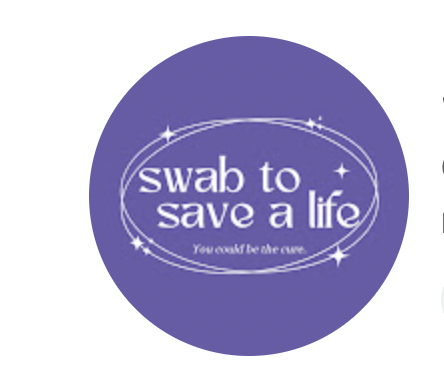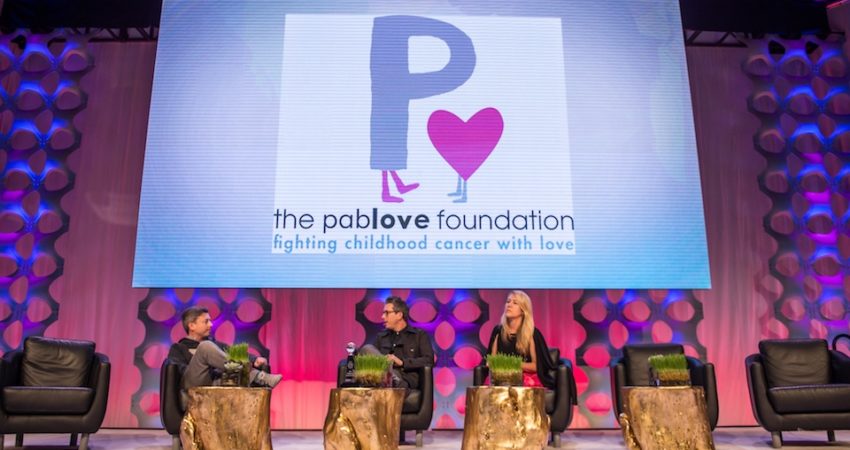FULL REPORT: 2014 Childhood Cancer Research Grants
Scientific Advisory Chair (and head of oncology at Children’s Hospital Los Angeles), Dr. Leo Mascarenhas, recently broke out his Ray-Bans for a rockstar announcement of our 2014 Childhood Cancer Research Grants. Here are a few highlights of who and what we are investing in this year:
3:46 – “We received 28 [research grant] applications this year, which is a record for The Pablove Foundation. And all but one scored higher than ‘very good.’ But you know we can’t fund 27 very good grants…we had to make a decision on where to draw a line and I’m really proud to say that we actually drew a line between outstanding and excellent.”
4:50 – “The first grant went to Dr. Andras Heczey from Texas Children’s Hospital and the Baylor College of Medicine. Dr. Heczey is taking the immune cells in the body and tricking them in a particular way so that they can identify liver cancer cells specifically and kill them. The good thing about this is it’s the body’s own immune system that has just been fooled in a little way to fight the cancer. They’ve already demonstrated some preliminary data and it’s really very exciting because it offers hope to patients not only to attack their cancer, but to attack their cancer without side effects.”
6:02 – “The second grant was awarded to Dr. Masanori Hayashi from Johns Hopkins University. This young investigator is trying to figure out how the second most common type of bone cancer that occurs in children spreads to different parts of the body. We feel that the original tumor lets out these little cells that flow around in the blood and then they find a home somewhere and begin to grow, and that’s how cancer spreads. Once a cancer has spread, it’s extremely difficult to cure a patient. If we can figure out how to catch these particular cells before they go and set up shop somewhere, that would save a lot of patients.”
7:33 – “Today with all our research, we actually cure over 85% of [children diagnosed with b-cell leukemia] and that’s truly remarkable. But when you’re a parent or child and you sit in that 15% percent, it’s not good at all…the issue is that one child getting cancer, and one child not getting cured, is one child too many. Dr. John Carter at the Fred Hutchinson Cancer Research Center in Seattle put forward this proposal where [he has found] proteins in leukemia cells, which are called checkpoints. When these proteins work they prevent normal cells from doubling and multiplying and spreading. He has found a way to try and knock out these particular checkpoint proteins in leukemia cells so that they don’t spread and they don’t resist treatment in a really innovative method.”
13:26 – “Dr. Muller Fabbri [of Children’s Hospital Los Angeles] studies neuroblastoma and how it interacts with the immune system. What he’s found is that the immune system cells send messages to the neuroblastoma cells in little envelopes with little messages in them, and then the neuroblastoma cell takes them up and opens the envelopes reads the letter and says, ‘oh yes now I can behave more badly.’ Then this neuroblastoma cell makes more of these envelopes and sends them back to the immune cells, and tells the immune cells to send out more of these messages. So it is like a chain letter.”
15:28 – “Today, 5 years [after diagnosis] more than 80% of children will be alive, which means many of them are surviving into the future. When we save a child’s life, we can hope that they will live 70 or 80 years. If you multiply that by the number of children you save, you can imagine the number of person years that you’ve actually saved. So the impact of support to pediatric cancer research is really where you get the most bang for your buck.”
Get the full details on the $300,000 that Pablove is investing in innovative, ground-breaking, IMPORTANT science this year. Check out Dr. Mascarenhas’s full announcement in the video below!
Next Post
Latest Posts


Comments